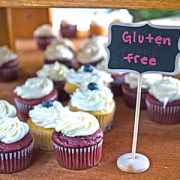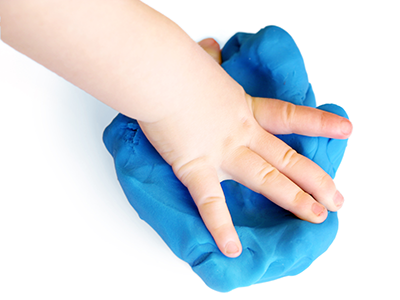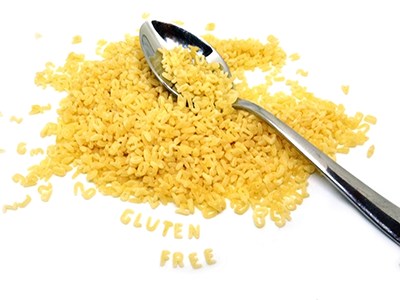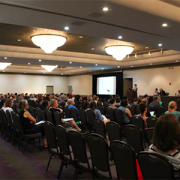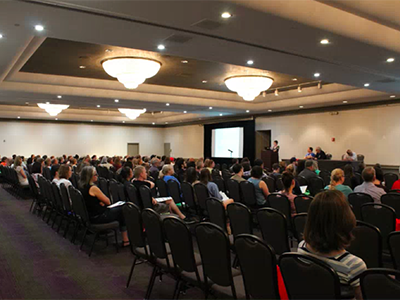Celiac disease linked to psychosocial distress
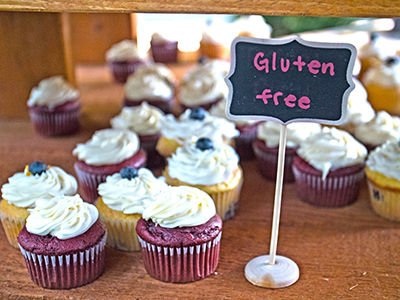
A recent study found elevated rates of psychosocial distress among children with celiac disease compared to the general population.
Shayna Coburn, Ph.D., assistant professor and psychologist at Children’s National Hospital, is the lead author of a recent article on the first study to report mental health disorders (MHD) in North American children with celiac disease (CeD). The study found elevated rates of psychosocial distress among the children compared to the general population.
The study is based on electronic surveys of patients’ MHD history, psychological symptoms and experiences with the gluten-free diet (GFD) as well as follow-up visits to the Multidisciplinary Celiac Disease Clinic at Children’s National between spring 2017 and spring 2018. The survey participants included 73 parents of children ages 3 to 18 attending the clinic. The researchers calculated rates of MHD in the children and compared them to National Institute of Mental Health population-level data.
Thirty-four percent of the children had at least one MHD. Their rates of anxiety disorders (16%) and attention-deficit/hyperactivity disorder (ADHD, 16%,) were more common than general population rates. More than one-quarter of parents reported current psychosocial distress in their child (28-39%), and approximately half reported their own stress (51%) and worry about the financial burden (46%) associated with the GFD – the only treatment for the disease.
The findings are detailed in an article titled “Mental Health Disorders and Psychosocial Distress in Pediatric Celiac Disease,” which appears on the website of the Journal of Pediatric Gastroenterology and Nutrition. The article is scheduled to appear in the May 2020 print edition of the journal, which will be available April 24.
Coburn and her co-authors also compared the experiences of children diagnosed with CeD less than three months prior to the study with those diagnosed more than three months prior. They were surprised to find that patients’ rates of comorbid CeD and MHD didn’t differ depending on the time of diagnosis, says Coburn.
Parents of children with new CeD diagnoses were less confident in the GFD, but the timing of a CeD diagnosis did not affect the rates of MHD, stress and financial burden. Children with MHD had more anxiety, anger and overall distress as well as parents who were suffering with distress than those without MHD.
The researchers’ findings about the timing of diagnosis “seemed to indicate that perhaps there’s a chronic stress burden on families that doesn’t necessarily improve with time and might be exacerbated in children who have mental health disorders,” says Coburn, who directs psychosocial services for the hospital’s Celiac Disease Program.
Overall, the findings emphasize the importance of ongoing routine screening and treatment for psychosocial distress associated with CeD and the GFD.
The start of the study coincided with the establishment of the clinic, where Coburn and her colleagues were seeing patients with comorbid CeD and MHD. At the clinic, patients and their families are treated by a gastroenterologist as well as the clinic’s nutritionist, education team, psychologist, neurologist and neuropsychologist during an integrative multidisciplinary appointment.
Coburn notes that generally the psychosocial impact on patients with CeD has been overlooked or viewed as a minor condition. “Our work is showing that there are a lot of psychosocial vulnerabilities in children and adults with celiac disease.”
As she continues her research, Coburn sees a need “to advocate for incorporating psychological screening into routine medical treatment of patients with celiac disease. We’d like this to be part of best practices and want to develop behavioral treatments for patients so they’re succeeding with the gluten-free diet.”
“With ADHD there are problems with impulse control, which can make it extra hard to maintain a gluten-free diet,” says Coburn. The co-principal investigators want to study in-depth some of the families who participated in the earlier study to gauge how effectively they’re able to manage ADHD symptoms in order to maintain a gluten-free diet.
Coburn and Maegan Sady, a neuropsychologist at Children’s National, have received a $25,000 grant from the Lambert Family Foundation to study comorbid ADHD and CeD and how they affect a patient’s ability to adhere to the GFD.


